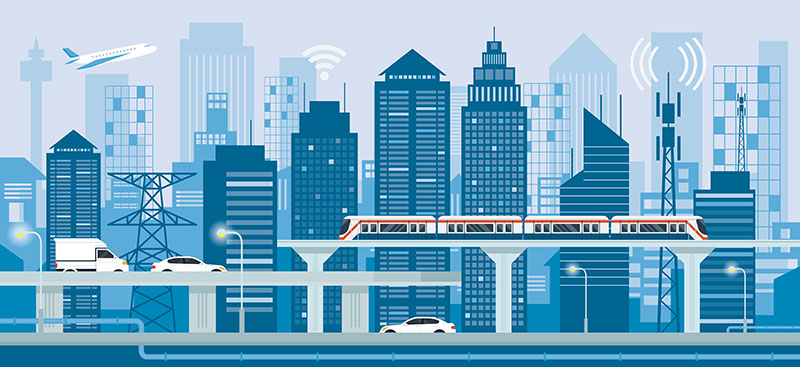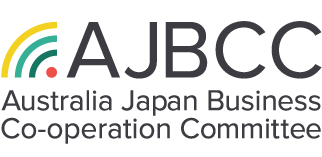
06 Jul Australia & Japan: Beyond the Bilateral
Mutual trust and shared values sit at the heart of Australia’s and Japan’s decades-long relationship. While the economic rise of China, COVID-19 and the challenge of climate change have at times overshadowed the relationship’s enduring value, the past 18 months have reiterated its resilience and importance.
Rising geopolitical tensions across the region have pushed democratic values and respect for a rules-based order back into sharp focus, and now opportunities for Australia and Japan to collaborate across the Indo-Pacific region are beckoning.
The Asian Development Bank estimates that US$26 trillion will need to be invested in the Indo-Pacific region between 2016 – 2030 ($1.7 trillion per year), to maintain growth, reduce poverty and boost quality of life. Any private investment is likely to be accompanied by unprecedented government stimulus across the region aimed at fast-tracking these projects to combat the economic downturn brought on by COVID-19.
Unsurprisingly, infrastructure projects offer some of the largest opportunities for Australia-Japan collaboration. But as the world begins to contemplate a post-COVID-19 existence, its previously unchecked ardour for grand infrastructure projects is rapidly being replaced with a more considered approach in which the ‘big picture’ takes on a new role.
The OECD’s mantra has evolved to ‘build back better’ for a sustainable and resilient recovery. Environmentally destructive investment patterns must give way to new models. Adverse effects from climate change must be considered with conviction given that consequences such as biodiversity loss and rising sea levels possess the potential to cause social and economic damage far larger than that wrought by COVID-19.
But this is a contested region. China’s Belt and Road Initiative is already addressing some of the critical infrastructure needs, albeit in a way that does not always align with globally accepted standards that Australia and Japan support, such as the G20 Quality Infrastructure Investment Principles and Equator Principles, which uphold environmental and social safeguards, and the Paris Agreement.
The U.S., Australia and Japan-led Blue Dot Network announced in November 2019 aims to certify infrastructure proposals of countries or individual projects, to help bridge the global infrastructure financing gap in low and middle income countries by improving transparency and guaranteeing high quality standards in accredited projects in the region.
Leading up to the 58th Australia-Japan Joint Business Conference in October 2021, the Future Leaders will revisit the enormous potential that exists across the Indo-Pacific region in infrastructure and beyond. We will engage thought leaders across government, business and academia for a series of events, including:
- Roundtable discussions to identify specific issues and bottlenecks preventing Australia-Japan collaboration in third countries;
- A Think Tank to produce tangible solutions to the problems identified at the roundtable, and in turn underpin successful collaboration;
- A Plenary Session at the Annual Joint Conference which will bring the enduring strengths of this trusted relationship back into focus by showcasing success stories of Australia and Japan working together across the region.
The opportunities for collaboration in third countries around the Indo-Pacific region are immense and the current momentum needs to be capitalised on. Challenges like private sector engagement in government initiatives, which remains embryonic, may prove to be significant bottlenecks that require innovative solutions. By addressing the “three C’s” of COVID, climate change and China, the AJBCC and JABCC can play a central role in securing this success. Join us in exploring these issues in more detail through “Australia & Japan: Beyond the Bilateral” over the coming months.



